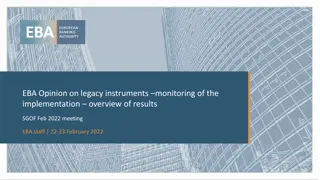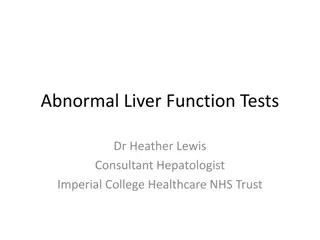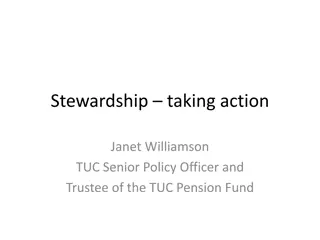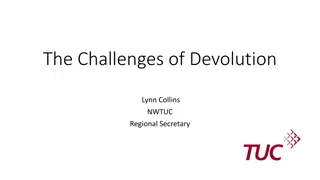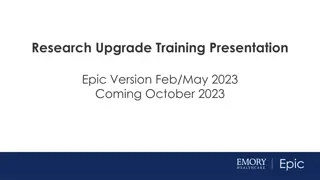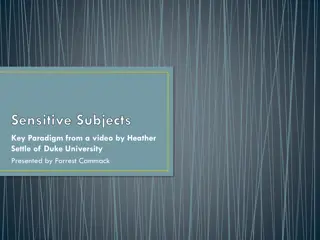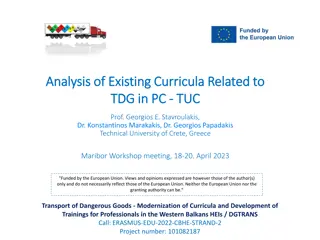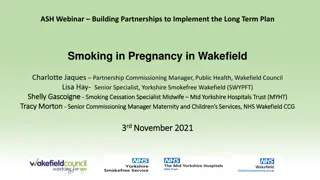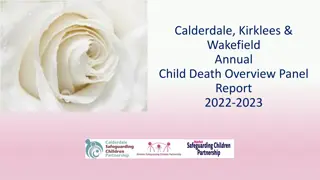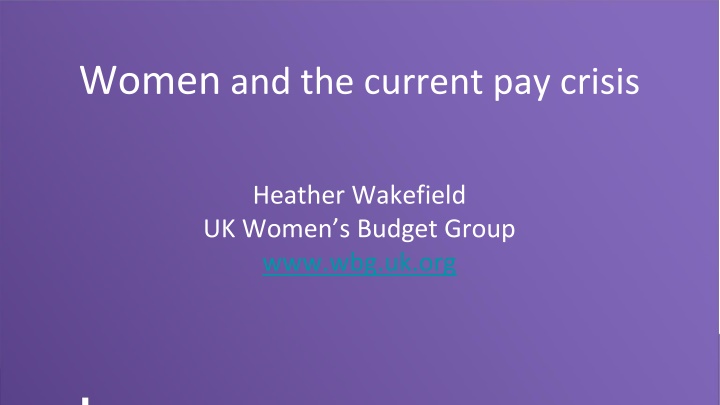
Impact of the Pay Crisis on Women
Explore the various challenges faced by women in the current pay crisis, including the gender pay gap, low-paid sectors, public sector pay disparities, and specific groups disproportionately affected. Learn how women have been disproportionately impacted by pay cuts following Covid-19, making them the shock absorbers of poverty due to their roles as unpaid caregivers and household workers.
Download Presentation

Please find below an Image/Link to download the presentation.
The content on the website is provided AS IS for your information and personal use only. It may not be sold, licensed, or shared on other websites without obtaining consent from the author. If you encounter any issues during the download, it is possible that the publisher has removed the file from their server.
You are allowed to download the files provided on this website for personal or commercial use, subject to the condition that they are used lawfully. All files are the property of their respective owners.
The content on the website is provided AS IS for your information and personal use only. It may not be sold, licensed, or shared on other websites without obtaining consent from the author.
E N D
Presentation Transcript
Women and the current pay crisis Heather Wakefield UK Women s Budget Group www.wbg.uk.org
Why is the pay crisis an issue for women? Women as workers: Low paid 60% of those earning below the Real Living Wage Facing a gender pay gap of 14.9% (8.3% FT and -2.8% PT) Employed in low-paid sectors hospitality, retail, care Majority of those employed in public services facing the lowest pay increases 84% care workers and nurses, 73% teachers, 77% council employees Part-time workers 38% compared to 13% men - - - - - -
The gender pay gap ONS October 2022
Some groups hit harder than others Black and ethnic minority women earn less, less likely to be in paid work and more likely to be living in poverty Vulnerable migrant women with no recourse to public funds but NHS charging! Single mothers 85% of single parents Disabled women with extra cost of living - 583 per month 62% of people referred to food banks are disabled Pregnant women and new mothers on statutory maternity pay or allowance - 156.66 per week (47% of NLW) - - - - - -
Pay cuts follow Covid Women more likely to be furloughed Women spent more time on unpaid childcare and household work More home-schooling done by women 86% of women in routine and semi-routine jobs not working from home, compared with 35% of management and professional women Over 500,000 part-time jobs lost by end 2020, but full-time employment up 309,000 Negative impact on anxiety, depression and loneliness - - - - - -
Women - the shock absorbers of poverty Unpaid child/carers responsible for unpaid household work and budgets - worth 700 billion Spend more of their incomes on food and household goods More dependent on public services hit by austerity and inflation - triple whammy 4000 childcare providers lost in 2021, but massive increase in charges and care crisis restricting economic activity and longer hours Less likely to have savings More dependent on in-work and other benefits hit by the benefit cap and two- child limit - - - - - -
So what do we need? Economy built on strong social foundations through investment in public services and greening Evidence of significant and positive economic effect Fairer and progressive taxation on all forms of wealth Fairer benefits system including lifting of cap, end to two-child limit and increase in Child Benefit to 50 per child Unionisation of women s work and strong collective bargaining rights Stronger employment rights including improved equal pay and equality laws - - - - - -
References A Green and Caring Economy, WBG, November 2022 https://wbg.org.uk/analysis/greenandcaringeconomy/ The Income Crisis A Gendered Analysis, WBG, June 2022 https://wbg.org.uk/analysis/greenandcaringeconomy/ Investing in the Care economy to boost employment and gender equality, WBG, March 2016 https://wbg.org.uk/analysis/investing-in-the-care-economy-to- boost-employment-and-gender-equality/ Cost of living survey the results, Maternity Action, August 2022 https://maternityaction.org.uk/2022/08/our-cost-of-living-survey-the-results/ - - - -
- A year on: working class women and work during the Covid-19 pandemic, Warren, Lyonette and WBG, 2020 https://www.nottingham.ac.uk/vision/working-class- women-work-during-the-covid-19-pandemic Coronavirus (COVID-19) and the different effects on men and women in the UK, March 2020 to February 2021, ONS, March 2021 https://www.ons.gov.uk/peoplepopulationandcommunity/healthandsocialcare/con ditionsanddiseases/articles/coronaviruscovid19andthedifferenteffectsonmenandwo menintheukmarch2020tofebruary2021/2021-03 -
Thank you! Many briefings, reports and resources at www.wbg.org.uk





